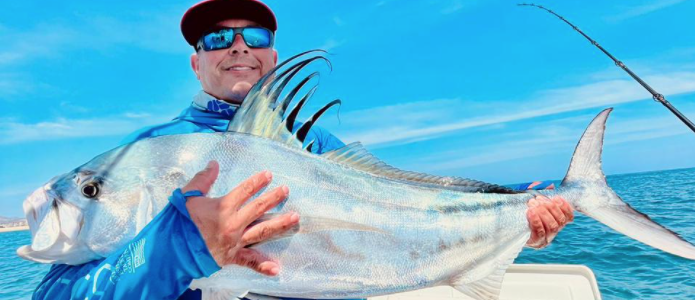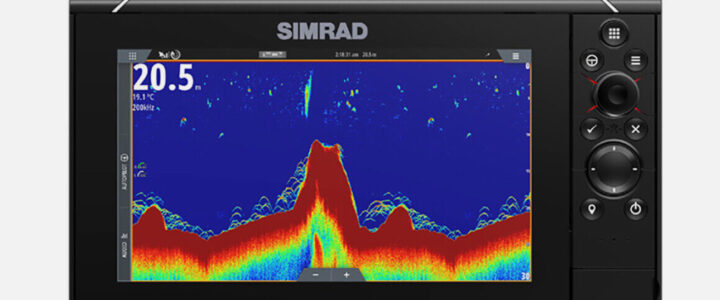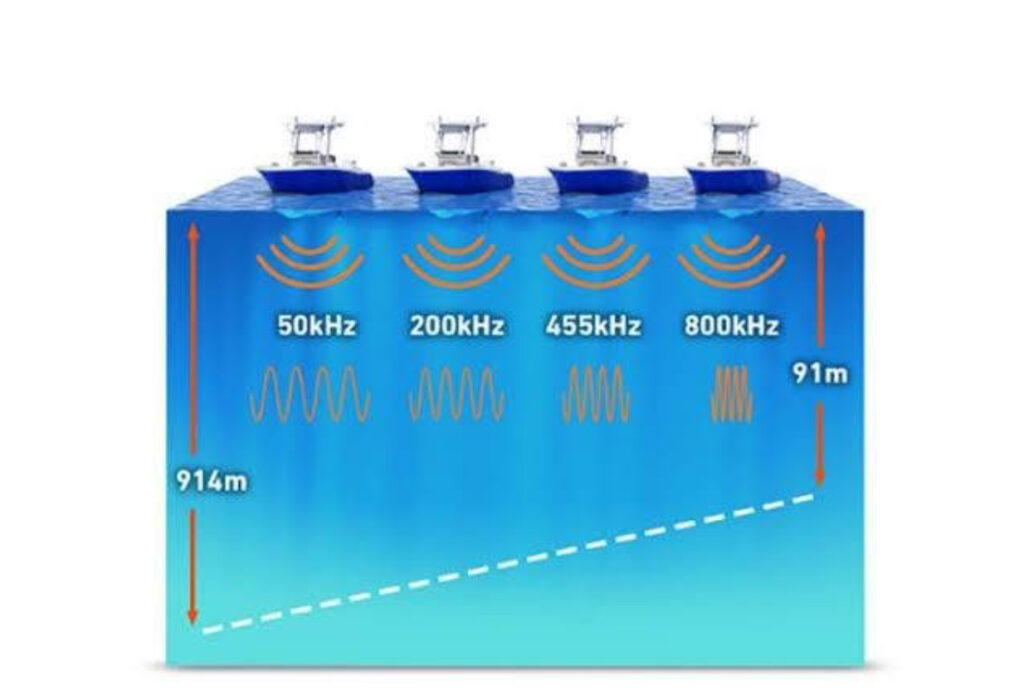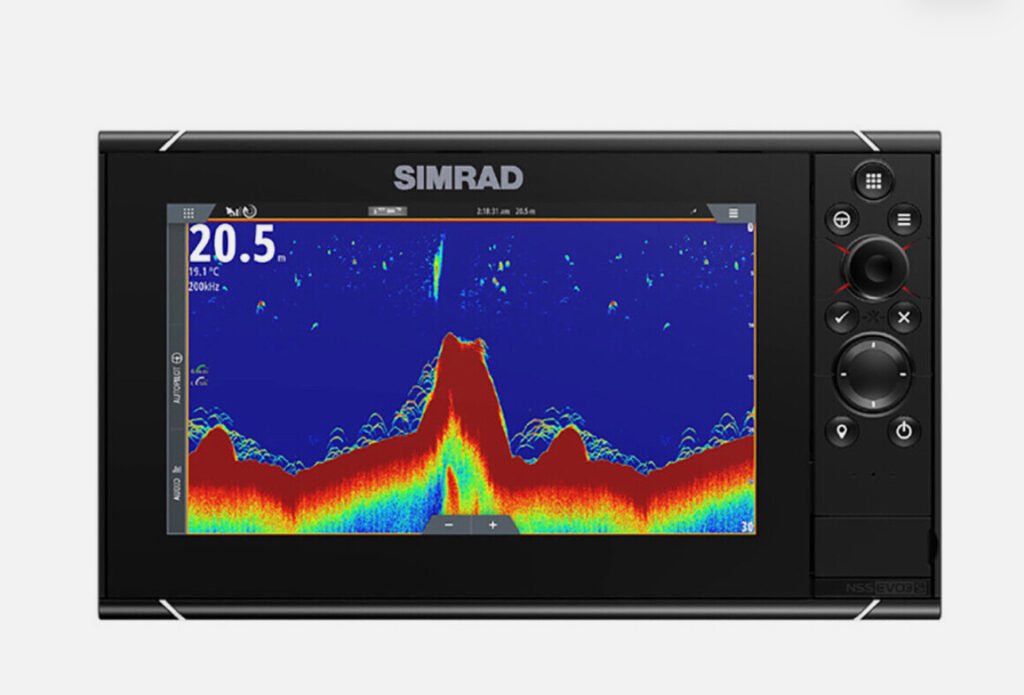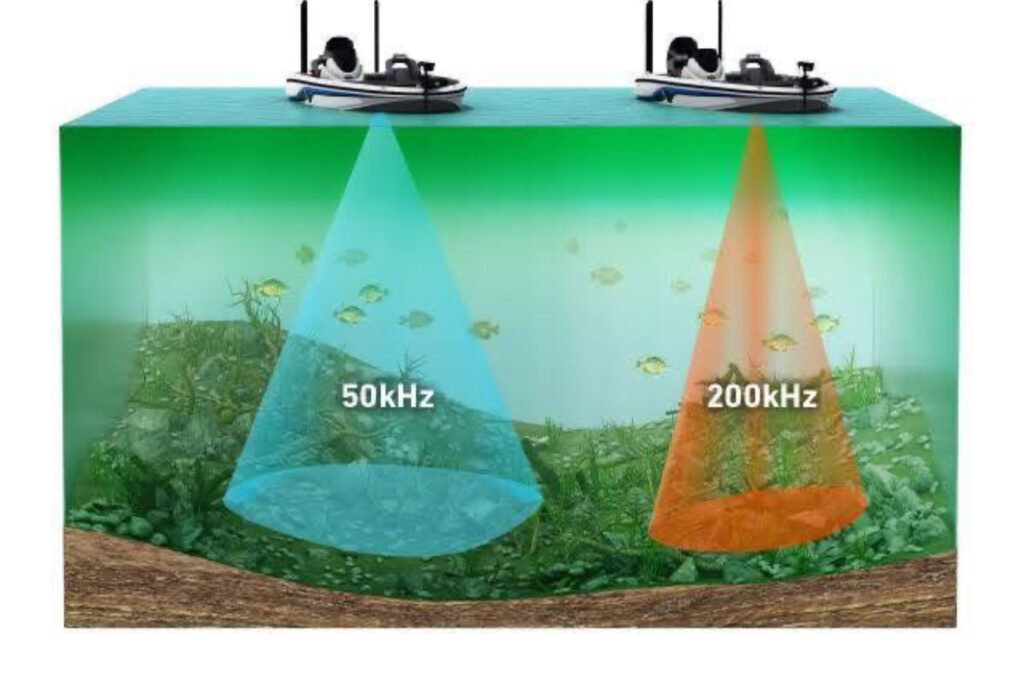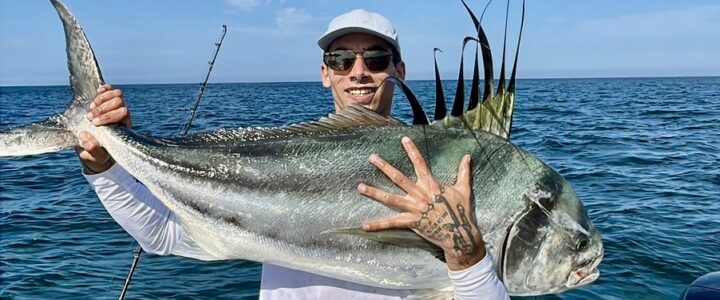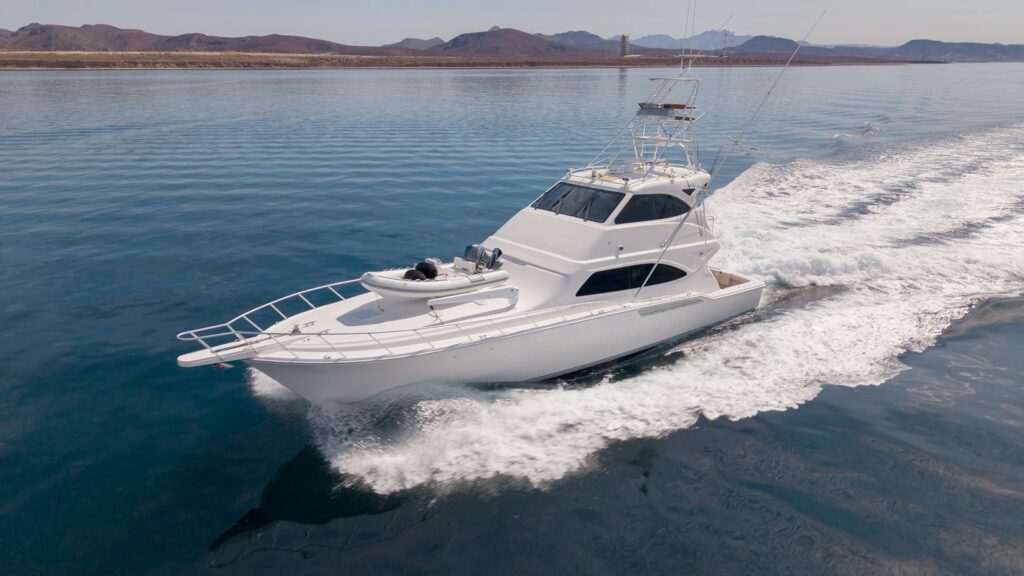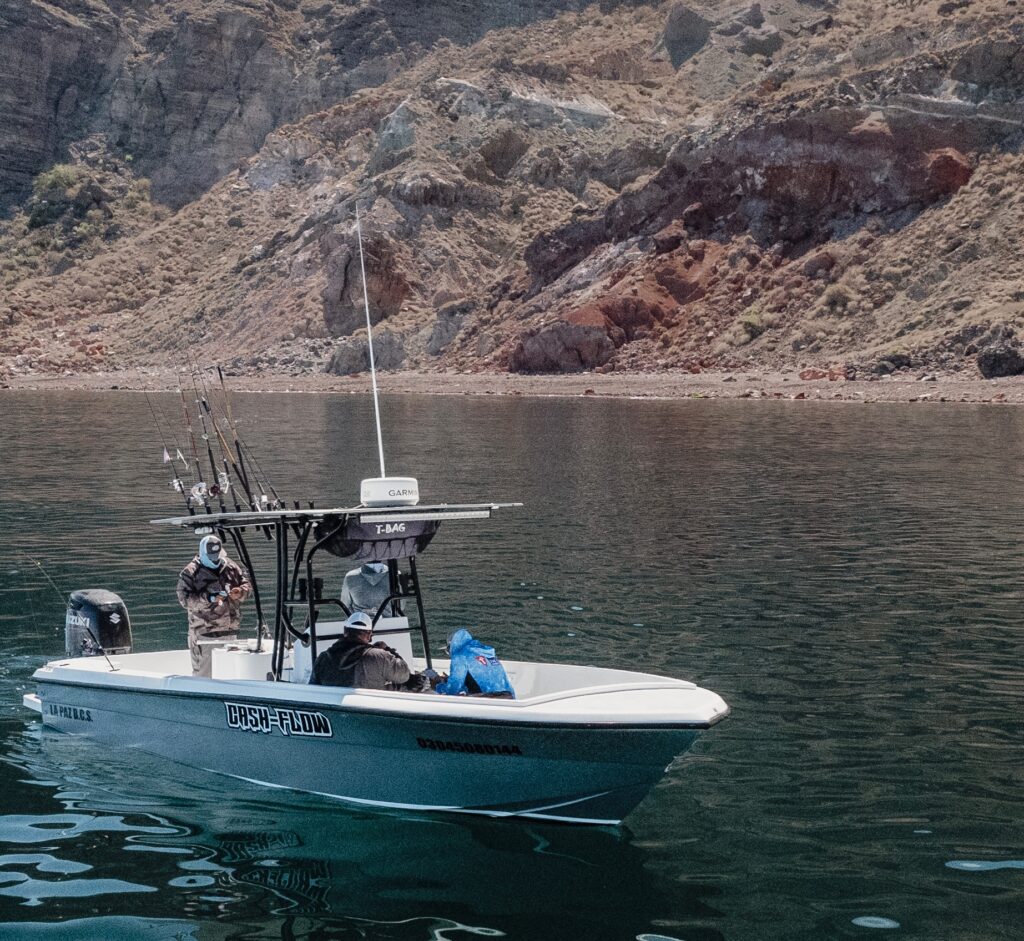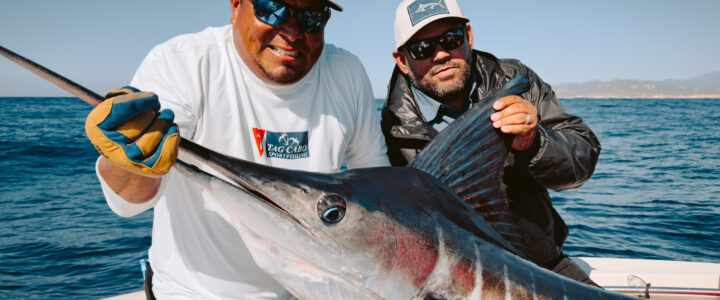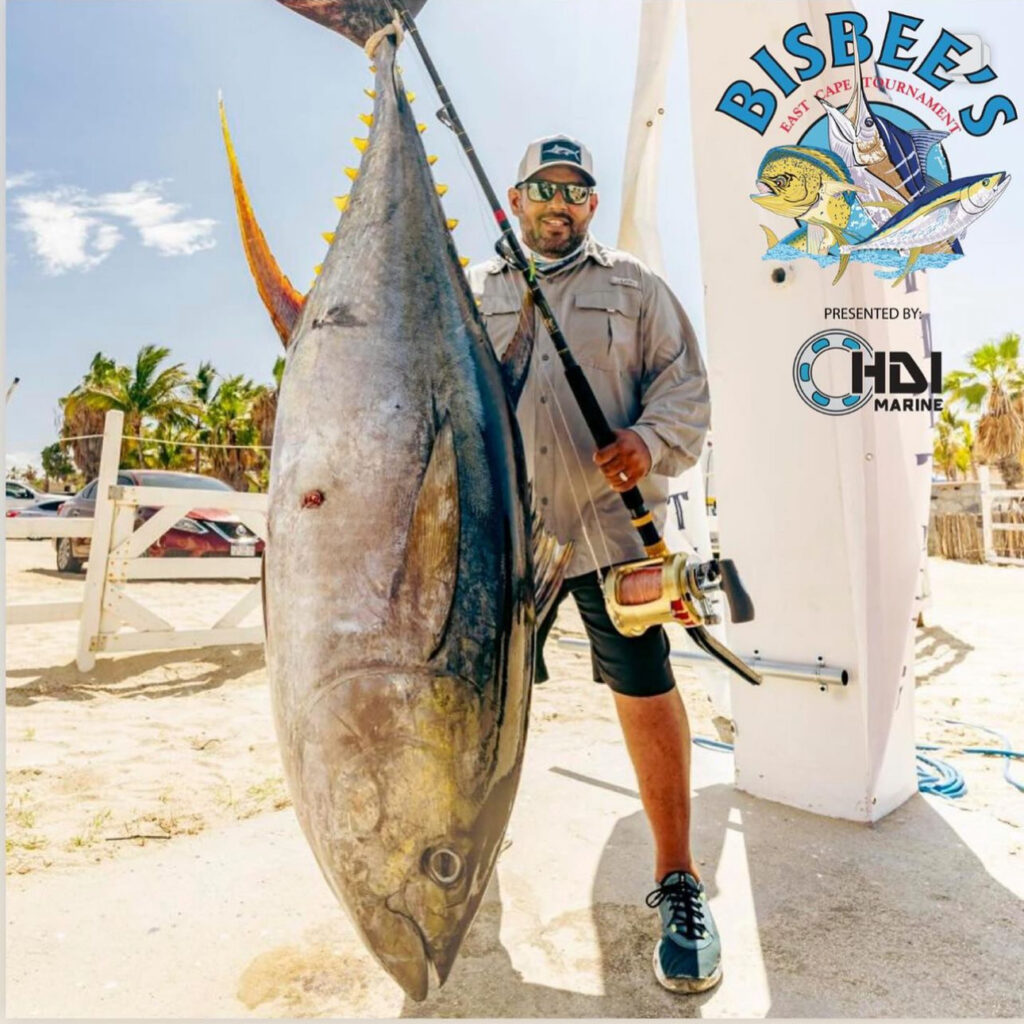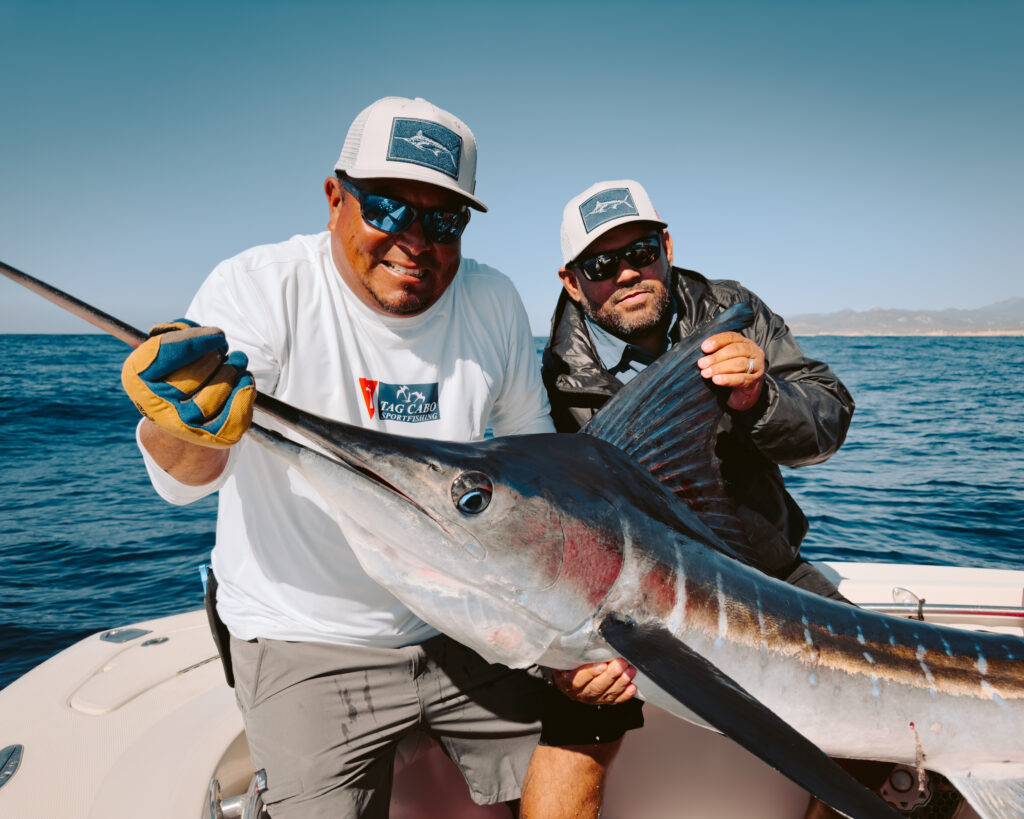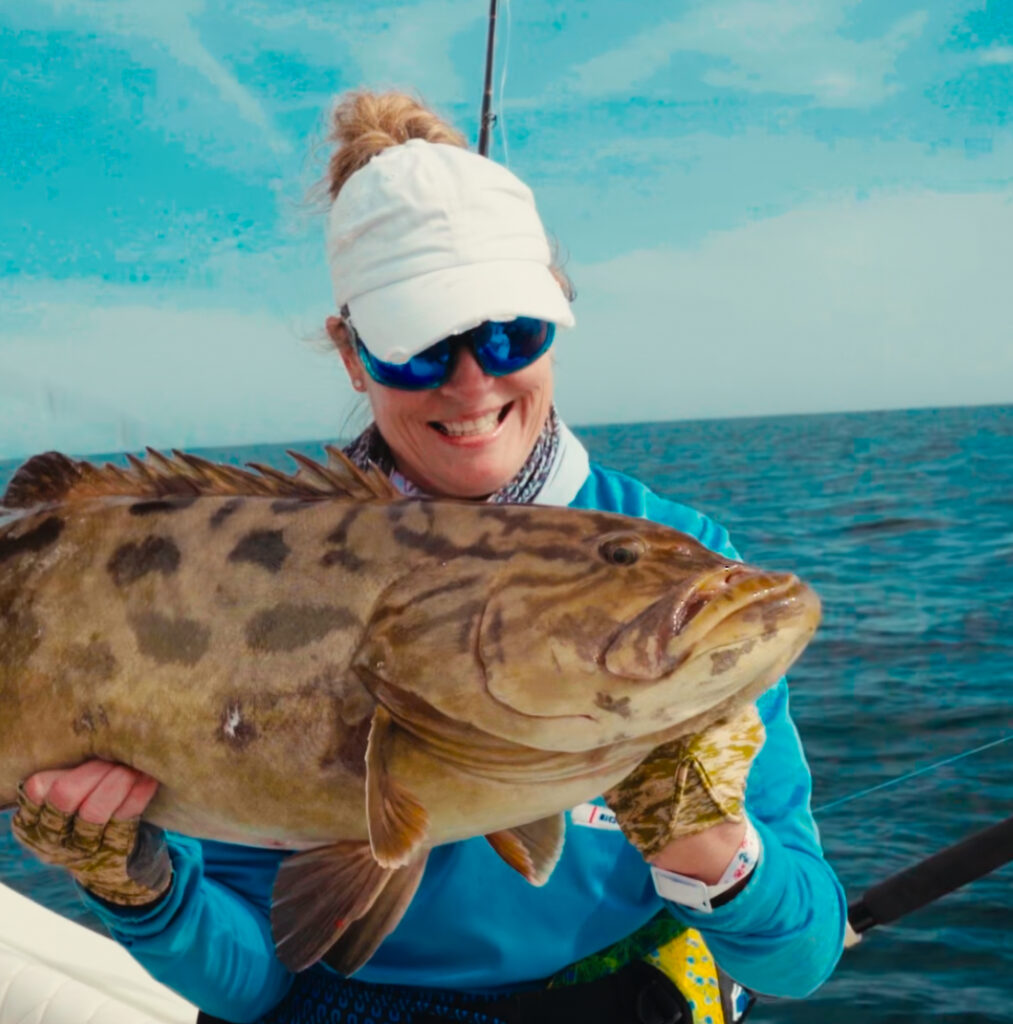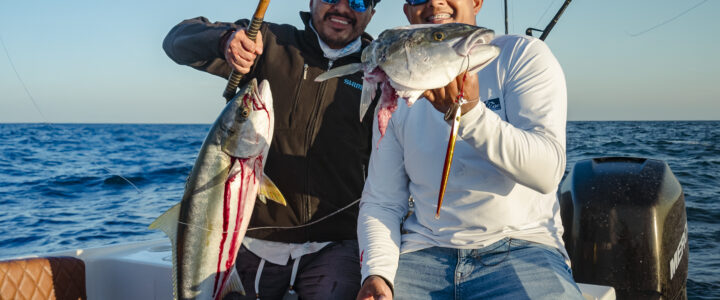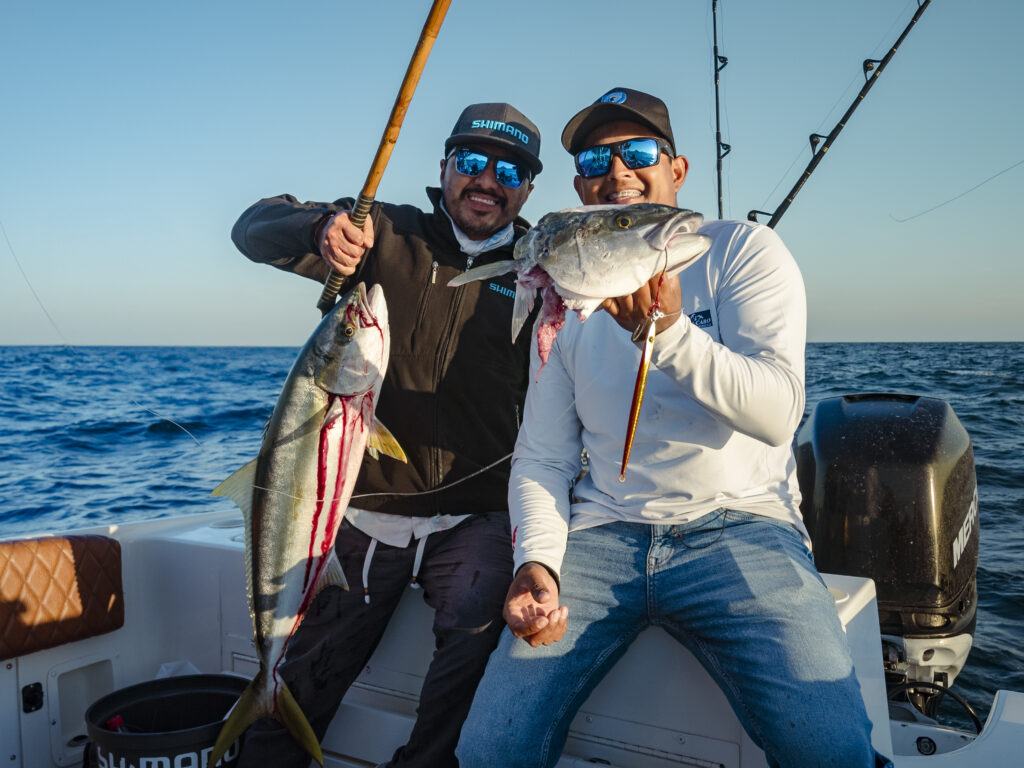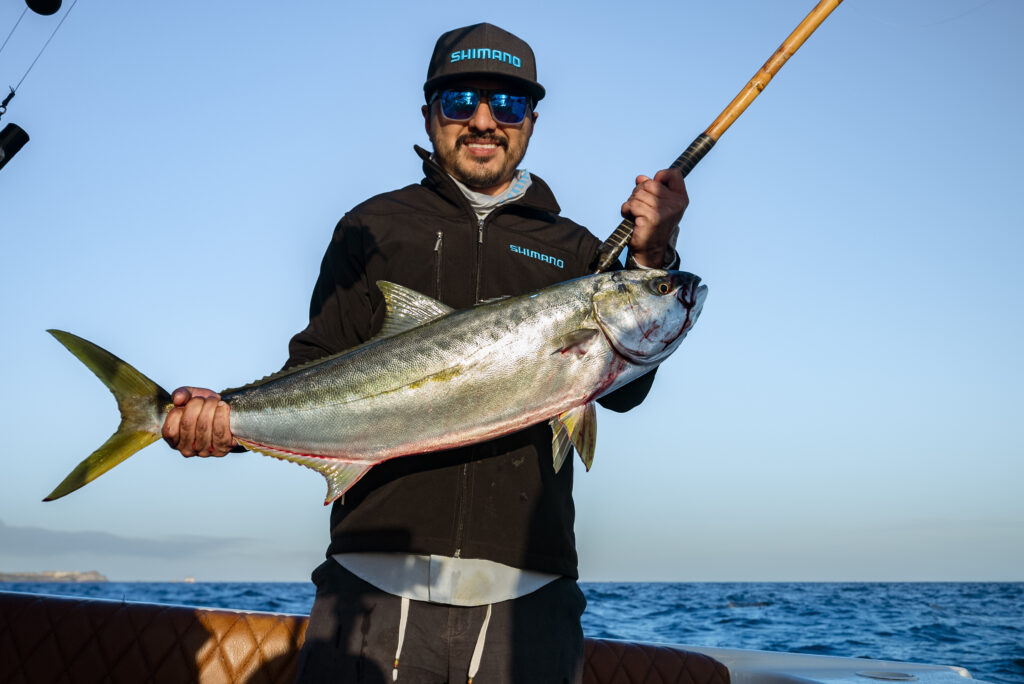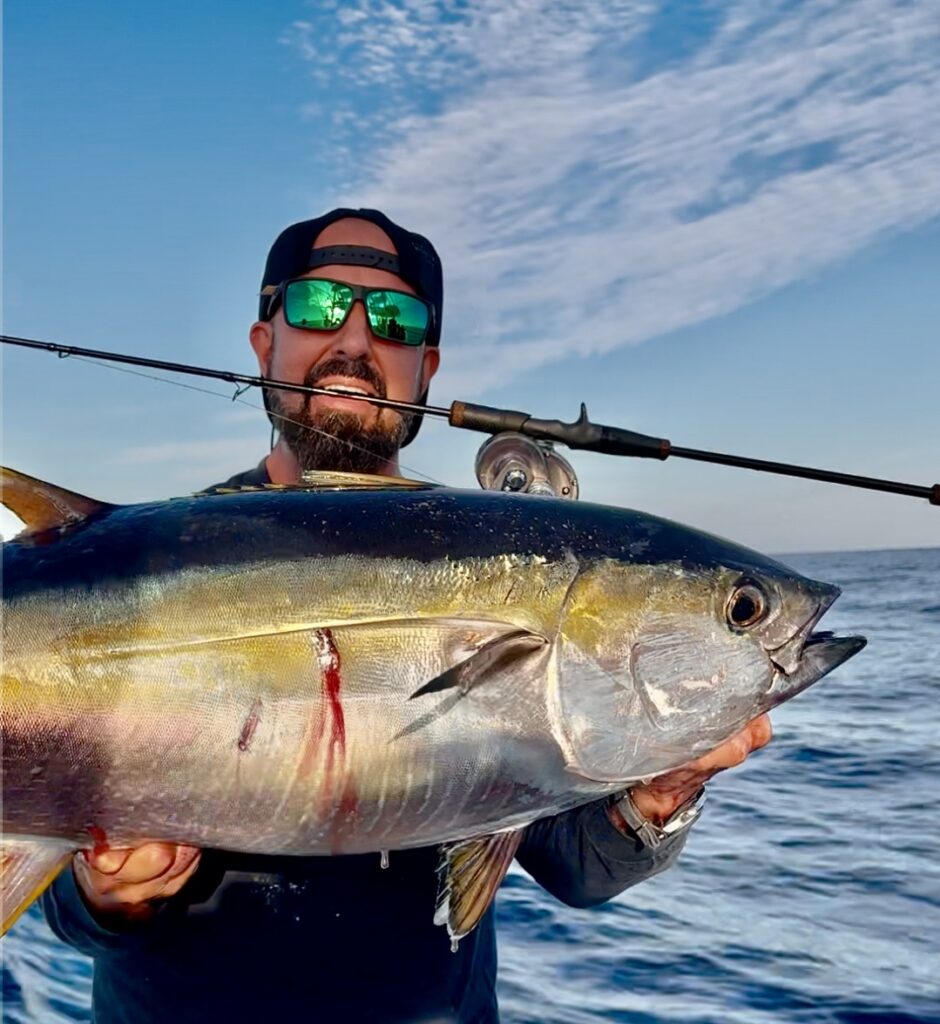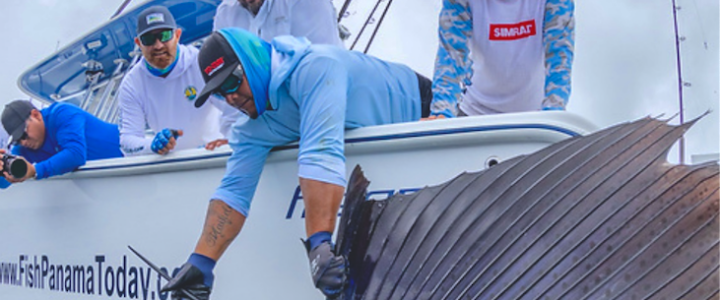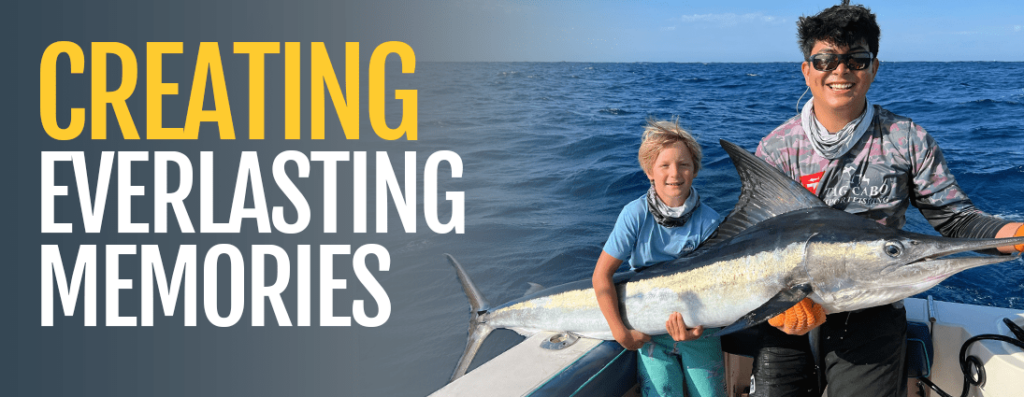Hook, Line, and Longevity: How Sportfishing in Cabo Can Add Years to Your Life
Cabo San Lucas: world-renowned for its stunning beauty, vibrant culture, and, of course, its incredible sportfishing. But beyond the thrill of the catch, did you know that casting a line in these azure waters could actually be good for your health and longevity? It’s true! More than just a fun pastime, sportfishing offers a surprising array of physical and mental benefits that can contribute to a longer, healthier life.
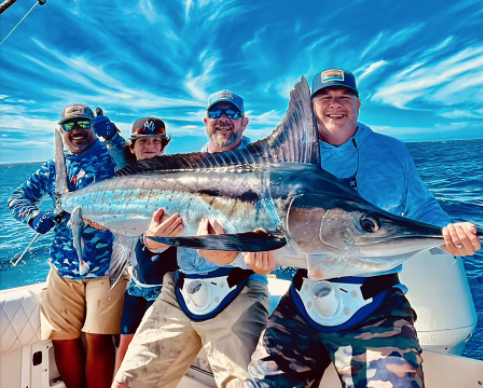
Reeling in the Benefits: Physical Health and Fishing
Sportfishing isn’t just about sitting in a boat and waiting for a bite. It involves a surprising amount of physical activity. From casting and reeling to fighting a powerful marlin, you’re engaging various muscle groups, improving your strength and endurance. Even the simple act of balancing on a moving boat strengthens your core and improves your coordination. These physical benefits can contribute to:
- Improved Cardiovascular Health: The moderate exercise involved in fishing can lower your risk of heart disease, stroke, and other cardiovascular problems.
- Increased Muscle Strength and Endurance: Casting, reeling, and fighting fish work your arms, shoulders, back, and core.
- Enhanced Balance and Coordination: Navigating a boat and reacting to the movements of a fish improves your balance and coordination.
- Vitamin D Boost: Spending time outdoors under the Cabo sun (with proper sun protection, of course!) helps your body produce Vitamin D, essential for bone health and immune function.
The Mental Angler: Fishing for a Healthy Mind
Beyond the physical advantages, sportfishing offers significant mental health benefits. The tranquility of being out on the water, surrounded by nature, has a calming effect that can reduce stress and improve mental well-being. The focus and concentration required for fishing can also sharpen your mind and improve cognitive function. Consider these mental perks:
- Stress Reduction: The peaceful environment and the rhythm of the waves can help lower stress hormones and promote relaxation.
- Improved Focus and Concentration: Fishing requires patience and focus, which can help improve your concentration skills.
- Connection with Nature: Spending time outdoors has been shown to have a positive impact on mental health, reducing anxiety and improving mood.
- Sense of Accomplishment: Landing a big fish can provide a sense of accomplishment and boost self-esteem.
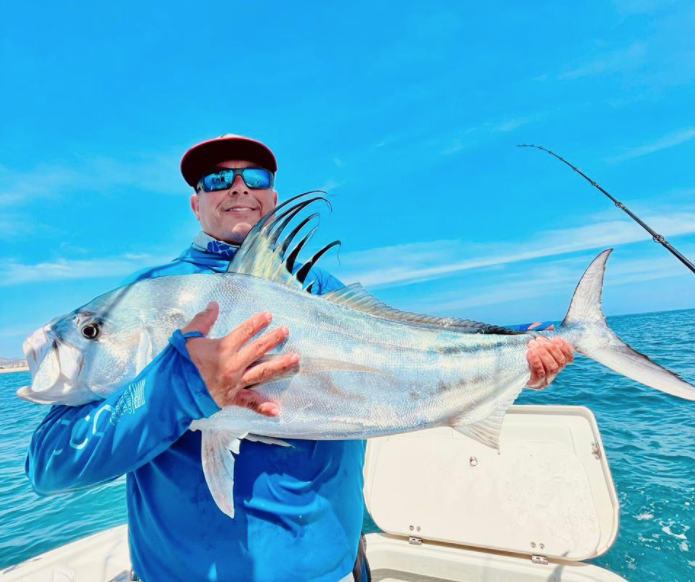
Cabo Sportfishing: Your Path to a Longer, Healthier Life?
So, the next time you’re planning a trip to Cabo, consider adding a sportfishing excursion to your itinerary. Not only will you have the chance to experience the thrill of catching some of the world’s most prized game fish, but you’ll also be investing in your health and longevity. Whether you’re a seasoned angler or a beginner, the waters of Cabo offer an unforgettable experience that’s good for your body, mind, and soul.
Ready to cast your line towards a healthier future? Contact us today at tagsportfishing@gmail.com to book your Cabo sportfishing adventure! We’ll help you find the perfect charter and ensure you have an experience of a lifetime.
#CaboSportfishing #FishingForHealth #Longevity #MentalWellness #PhysicalHealth #CaboSanLucas #Sportfishing #FishingTrip #Mexico #Travel #Adventure #WellnessTravel

